#African American children books
Photo


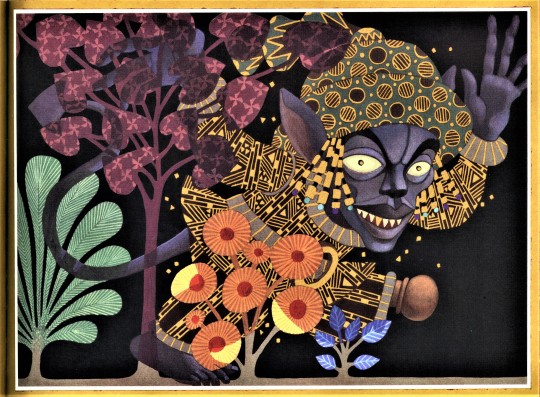

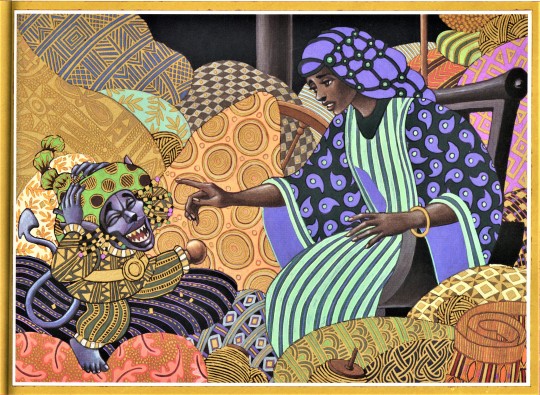


Staff Pick of the Week
My name is Elizabeth Voorhorst, and I am a new writing intern for Special Collections this semester. It is a pleasure to share this space, as I am excited to delve into the vast sea of books that Special Collections makes a home for.
I am an English major, with a focus on creative writing. Because of this, my time spent in Special Collections will be focused predominantly on fairy tales and folklore, perhaps dipping into mythology when curiosity and inspiration strikes hardest.
For this week, I wanted to focus on black creators and their works for Black History Month. Because my pride and passion is folklore and fairy tales, I thought it would be fun to take a look at what we have in our collection and share it with you!
Retellings are always enjoyable, as you get to see the way writers recreate and offer their own flare and heritage to the story. One such story is The Girl Who Spun Gold, a retelling of the German classic fairy tale Rumpelstiltskin. This retelling was written by Virginia Hamilton (1932-2002) and illustrated by Leo Dillon (1933-2012) and Diane Dillon (1933- ).The book was published 1n 2000 by Blue Sky Press, an imprint of Scholastic Inc.
The story is about a West Indian girl named Quashiba, whose mother lies to Big King that she is able to spin golden thread. The King takes Quashiba as his queen, expecting her to fill whole rooms with golden fabrics and finery, which of course she would be unable to do. However, she meets a creature who offers to help, but demands that in three days she must guess his name correctly or be bound to him forever.
Quashiba is now able to fulfill the King’s continuous demands, but is unable to guess the name of her helper, until the King reveals to her that he ran across a strange creature in the woods who was dancing and singing a song that included his name, Lit’mahn Bittyun. So, on the final night, after the room is filled with fabrics and wondrous goods, Quashiba plays dumb for the first two guesses, and on the last guess she gives him his full name and he explodes into a confetti of golden specks. The King repents his greed, but only after three years and a day does Quashiba reconcile with him.
The absolutely stunning illustrations for The Girl Who Spun Gold were made using a four-color process with gold as a fifth color. The Dillons comment on the painting process, stating:
Knowing the difficulty of painting with metallic paint as well as the difficulty of reproducing gold, we still chose to use it, for the story itself revolved around the concept of gold. The art was done with acrylic paint on acetate, over-painted with gold paint. The gold borders were created using gold leaf.
The book was printed on one-hundred-pound Nymolla Matte paper, and each illustration was spot-varnished. Color separations were made by Digicon Imaging Inc., Buffalo, New York, and the book was printed and bound by Tien Wah Press, Singapore, with production supervision by Angela Biola and Alison Forner. Along with Leo & Diane Dillon, the book was also designed with help from Kathleen Westray.
View more work by African American artists.
View more posts concerning African Americans.
View more Staff Picks.
- Elizabeth V., Special Collections Undergraduate Writing Intern
#Staff Pick of the Week#black history month#virginia hamilton#fairy tales#Leo Dillon#Diane Dillon#the girl who spun gold#rumplestiltskin#folk tale#black writers#African American writers#African American artists#scholastic#black artists#Blue Sky Press#children's books#Historical Curriculum Collection#illustrated books#Elizabeth V.
221 notes
·
View notes
Text
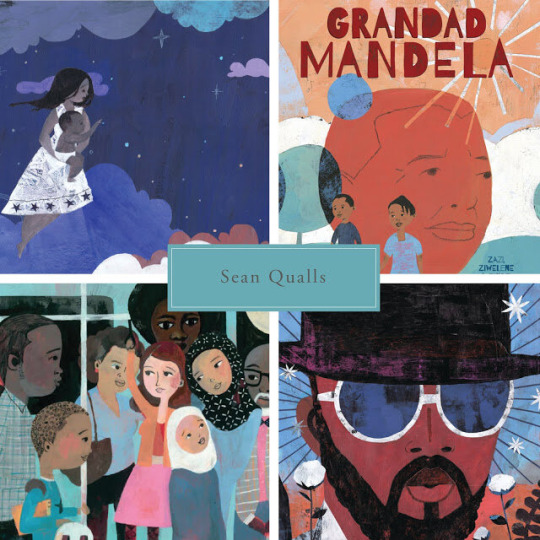
Sean Qualls • American picture book illustrator
Sean Qualls has illustrated many non-fiction books for children. Pictred above is a sampler of illustrations for: Grandad Mandela, Lullaby ( based on a poem by Langston Hughes); Lower right: an untitled painting; lower left, illustration for the book Why am I Me?
#illustration#art#illustrator#artwork#painting#sean qualls#american artist#black american artist#non-fiction for children#children's literature#contemporary book illustration#contemporary illustrator#kid lit#african american illustrator#book illustration#illustration blog#sassafras and moonshine blog
22 notes
·
View notes
Text
howdy gamers
Small delema
I'm writing a book called "where's my hair" and all the different ways people style it (specifically curly hair). One problem, I need background information on why people style their hairs and how they do it
And I want specifics. Tell me about how you shave your head until it's only an inch tall and you braid it into 5 foot strands to stand up for yourself for being told it was weird and wrong
Tell me about how you have hair so thick that the only way to maintain it is when it's impossibly short
Tell me about girlies with 4c hair that grow it out so that they can die it any color of the rainbow because they love the colors
Tell me about the pale girls with hair that just barely curls so people say they don't have curly hair.
But most importantly
Tell me your stories and reblog this so I can hear from everyone
#To cut it down short#The story is about a poc girl who realizes all the different hair styles people have#And she goes around asking why#And she doesn't get it until the end#When she asks someone with similar hair why theirs are all different#And then the lady (probably some random grandma I haven't decided) tells her about loving herself and her hair#people of color#african american#indigenous#black lives matter#childrens books#childrensliterature#writers on tumblr#writers and poets#writerscommunity#female writers#creative writing#author#Please please please#im begging#curly hair#girls with curls#curlygirl
5 notes
·
View notes
Text
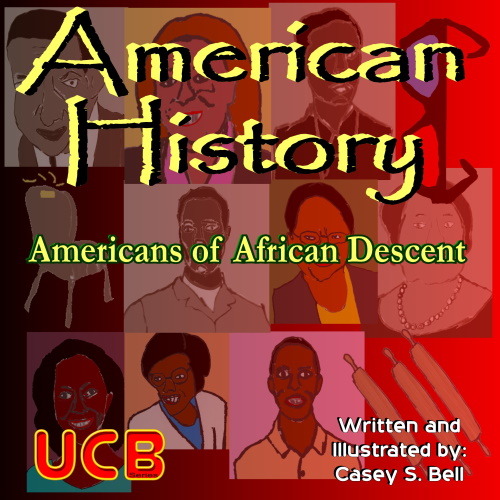







American History Series is a Children's Book Series. Each book includes American inventors and innovators who have contributed to American history and it's culture. The series is written and illustrated by Casey Bell.
#childrensbooks #elementarybooks #elementaryteachers #historyteachers #teachers #parents #booksforchildren #childrensbookauthor
#childrens book#childrens books#children's books#african american history#african american literature#african american#black history month#black history
19 notes
·
View notes
Text


Some images from my new picture book, WHAT DO BROTHAS DO ALL DAY?, which is out tomorrow!
📚 https://bit.ly/Brothaspb
WHAT DO BROTHAS DO ALL DAY? was inspired by a classic. I first encountered Richard Scarry’s WHAT DO PEOPLE DO ALL DAY? in the early 1970s when I was about six years old. The world of adults, with its grocery lists, PTA meetings, shopping trips, and dinner parties, seemed both tantalizingly exotic and impossibly complex. Today, those same descriptors can be applied to the ways that many people of all ages perceive Black men.
#black art#black men#ajuan mance#african american art#women artists#black artists on tumblr#black artists#richard scarry#black joy#black children#comics#black comics#picture books#black tumblr#black boys
4 notes
·
View notes
Text
Why there only 7 schools in the Harry Potter world
#i aint thought about harry potter for a while but cuz of kurtis conner im thinking of it and like theres no chinese school or indian school#theres a british one a french one a russian one an american one theres one just in europe theres so many countries in europe#theres a brazilian and ugandan one and a japanese one#no other african country just uganda#there should be more schools i feel#especially a chinese one#boutta make a book where the world has like 200 school's or smth#but its gonna more books of magic#no non profits either i feel like there should be schools like the hindi institute of magic yknow#she aint think this through#what did she think about tbh#orphanges for only magical children too#do you think there are tutors?#do you think religion plays into magic like are there some families in like...idaho or smth of Christians who dont let there child practice
4 notes
·
View notes
Link
I found this post from 2019 about a children's book featuring a Black mermaid. Plesae support this author!
2 notes
·
View notes
Text
Kamala Harris Inspires A New Generation: Leadership, Voting, And The Rise Of Black Girl Power
Kamala Harris is running for President of the United States. She is anticipated to become the first woman of color to get the nomination from the Democratic National Convention (DNC). Kamala attended Howard University, one of the most prestigious Historically Black Colleges and Universities (HBCUs) in the United States. Howard University, often called “The Mecca,” gave Kamala a strong sense of…
#African American parent magazine#African American parenting#African American parenting magazine#African American parents#Black girl empowerment#Black girl power#Black girls leadership#black parent magazine#black parenting#Black parenting magazine#black parents#Black representation#civic engagement for kids#empowering Black girls#future Black leaders#Kamala Harris children&039;s books#Kamala Harris influence#Kamala Harris inspires#Kamala Harris pantsuits#Kamala Harris role model#leadership for Black girls#next generation of Black leaders#successful black parenting#successful black parenting magazine#voting
0 notes
Text
Mahogany is the Smarter Version of Little Red Riding Hood
My kids called this book the “smart version of Little Red Riding Hood.” We all really liked Mahogany by Janay Brown-Wood, a new, melanin-rich version of the popular fairytale. The author incorporates contemporary ideas, the importance of nature and the richness of Black culture into this retelling.
Buy on Bookshop
Mahogany has a love for fashion and music. In this version, she has designed her…

View On WordPress
0 notes
Text
Hi everyone!
I'm an illustrator and artist. I'm good time manager and when I work for somebody's project I'm 100% into it. Please, respect my time and write clearly your expectations. English is most preferable language for me
#https://www.fiverr.com/daud_art/create-awesome-story-children-book-illustrations-and-cover#https://www.fiverr.com/daud_art/draw-cute-story-book-illustrations-and-cover#https://www.fiverr.com/daud_art/create-children-book-illustration-for-you#https://www.fiverr.com/daud_art/create-childrens-book-illustration#https://www.fiverr.com/daud_art/draw-african-american-children-book-illustration#https://www.fiverr.com/daud_art/draw-anything-for-you-coloring-book-illustration#https://www.fiverr.com/daud_art/draw-professional-children-book-page-or-anything
0 notes
Photo

The Legacy of W.E.B. Du Bois for Young Readers
1 note
·
View note
Photo


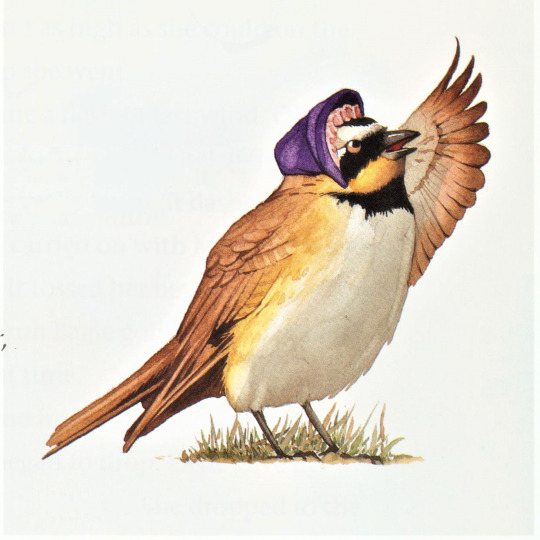
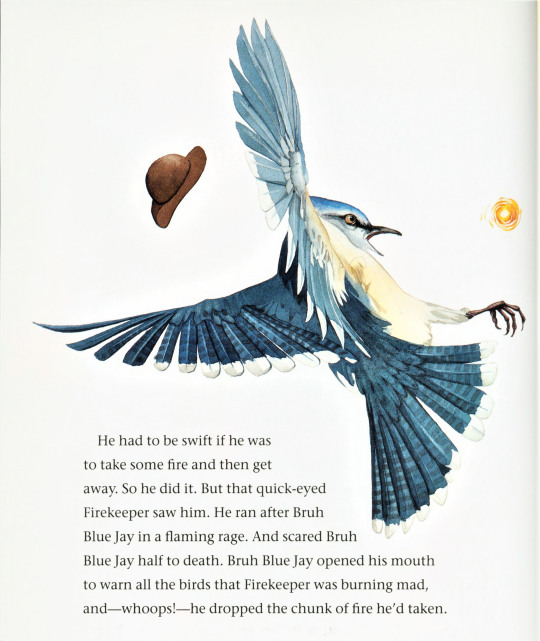
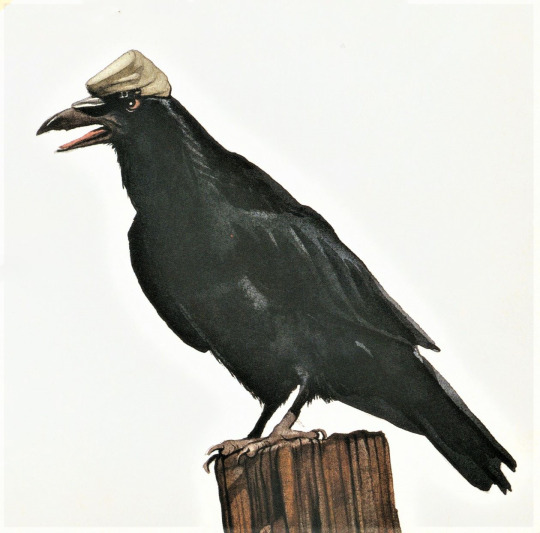
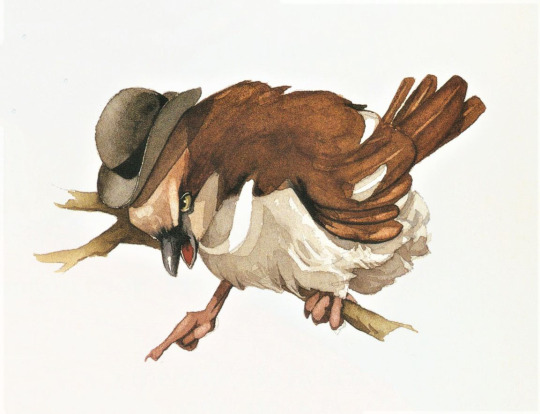
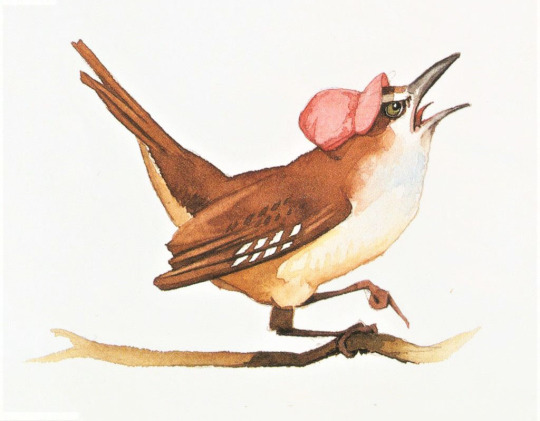
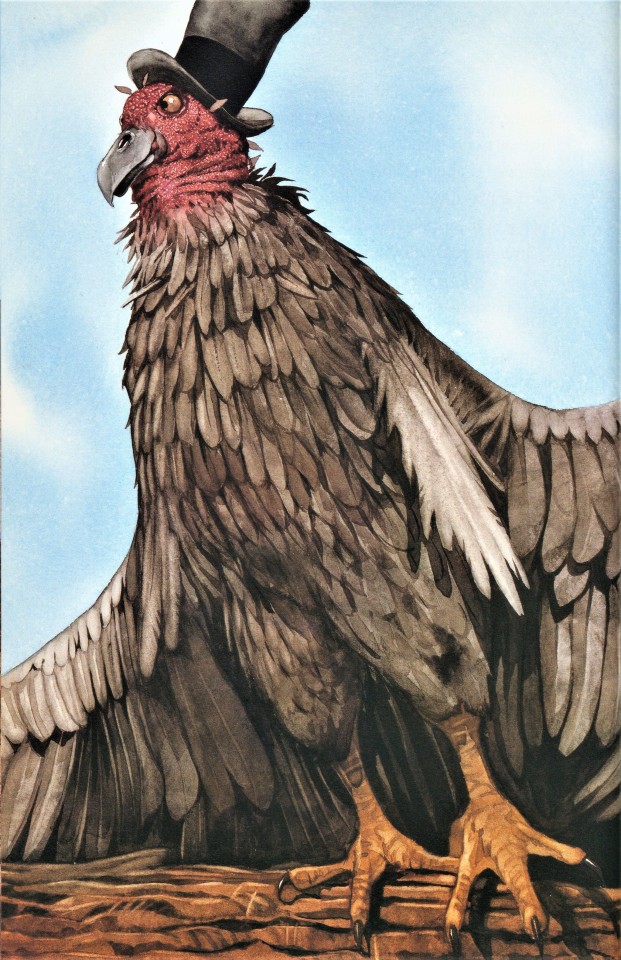
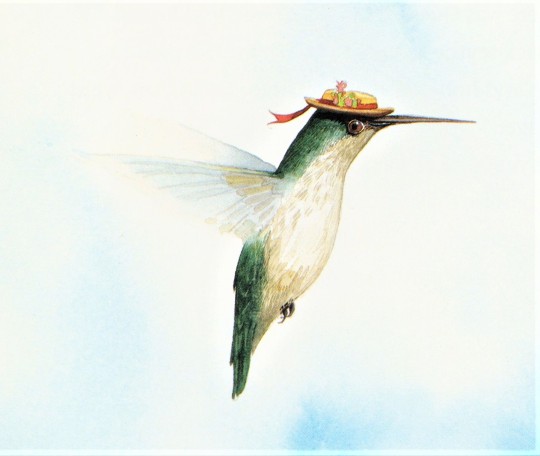
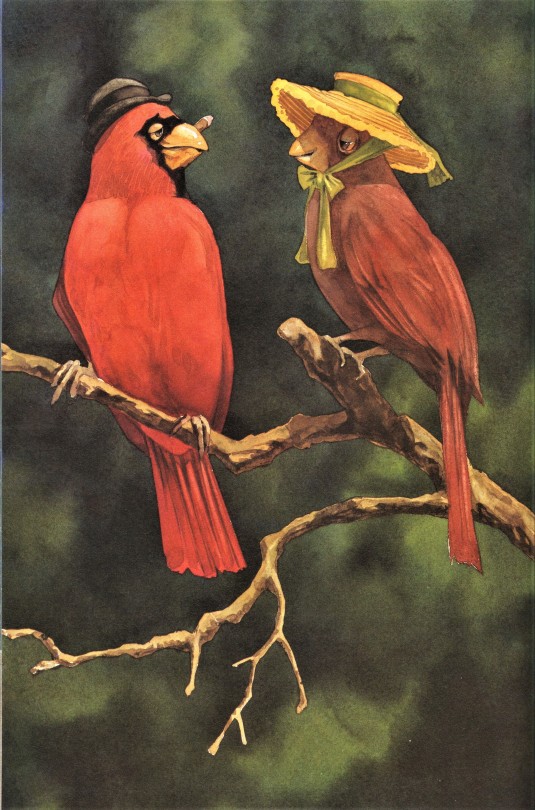
A Well-Chapeaued Feathursday
Birds in Hats!
Our graduate intern Olivia is currently preparing a major exhibition on the work of wood engraver, illustrator, designer, letterpress printer, and fine press publisher Barry Moser. He is well known, at least in fine press and book enthusiast circles, for his distinctive engravings and exquisitely-designed limited editions from his Pennyroyal Press. The rest of the world, however, mainly knows him for his illustrations for children’s books, which are usually executed in watercolors. We hold many of Moser’s fine press publications, but only a few examples of his children’s books. The Curriculum Collection in our general library, however, holds quite a number of his children’s books, and we are borrowing a few to include in the exhibition.
We are especially tickled by Moser’s humorous paintings of anthropomorphized birds in hats for Virginia Hamilton’s collection of African American folktales, When Birds Could Talk & Bats Could Sing, published in 1996 by The Blue Sky Press, an imprint of Scholastic, Inc. The illustrations are a perfect accompaniment to this set of lively and entertaining jewels of American folklore.
Since the book was mostly designed by Moser, it bears an extensive colophon, usually reserved for fine press publications. This is why we know that the paintings were executed in transparent watercolor on handmade Barcham Green paper, the types are Sumner Stone’s Stone Serif Medium (1987) and Gudrun Zapf von Hesse’s Diotima Italic (1953), the color separations were made by Bright Lights, Ltd in Singapore, and the edition was printed and bound by Tien Wah Press in Singapore. Probably more information than any child would need to know, but we sure appreciate it.
View more posts on work by Barry Moser.
View more Feathursday posts.
#Feathursday#Barry Moser#Virginia Hamilton#When Birds Could Talk & Bats Could Sing#children's books#The Blue Sky Press#Scholastic Inc#Stone Serif type#Diotima typeface#Bright Lights Ltd#Tien Wah Press#children's book illustration#watercolor#watercolor illustrations#Curriculum Collection#Pioneer Valley School#folktales#African American folktales#birds#birbs!#birds in hats
179 notes
·
View notes
Text
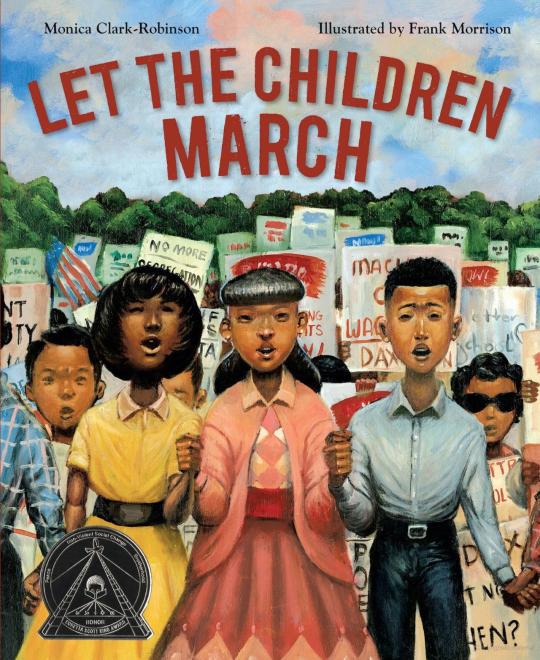
Let the Children March • Frank Morrison, illustrator • (American, b. 1971) • Author, Monica Clark-Robinson • Clarion Books, publisher • 2018
In 1963 Birmingham, Alabama, thousands of African American children volunteered to march for their rights after hearing Dr. Martin Luther King Jr. speak. They protested the laws that kept black people separate from white people. Facing fear, hate, and danger, these children used their voices to change the world.
#illustration#art#illustrator#artwork#oil painting#contemporary illustration#african american artist#painting#children's literature#non-fiction children's literature#historical book for children#book illustration#kid lit#black american artist#sassafras and moonshine blog#black history#civil rights movement
16 notes
·
View notes
Text
Yuki no hi
New item:

This is the story of the silent wonder of a city snow and Peter's solitary delight in it as he slides down snow mountains and takes a snowball home in his pocket.
Shelf: 726.6 KEA (@ tadoku section)
Yuki no hi.
by Ezura=Jakku Kītsu ; translated by Kijima Hajime.
Tōkyō : Kaiseisha, 1969.
ISBN: 9784033281209
[32] unnumbered pages : colour illustrations ; 23 x 26 cm.
(Shin'yaku ehon).
Translated into Japanese from the English, hiragana and katakana only.

This book is suitable for tadoku, extensive reading for learners of Japanese-language. Please find details about tadoku and our reading night event on our tadoku web page.

#japanese language#tadoku level 2#picture books for children#african american boys#snow#juvenile fiction#jlearner#jteacher
0 notes
Text
New Site, Books & Press
We’ve renamed our site! KidsWorldBooks.com is the new place to find kids’ books with black, white, Asian, Islander, First Nations/Native American, and Hispanic characters! Please explore our new products (mostly book bundles, ebooks, and lesson plans—teachers: see below).
Every purchase gets you a free ebook or lesson plan. Sign up for more free ebooks/lesson plans—and leave comments/stars on…

View On WordPress
#african-american child#Asian character#bedtime story#bilingual kids books#black character#children&039;s books#childrens nonfiction#curriculum#diverse kids book#education#educator lessons#family time#instructor#kid&039;s curriculum#latino character#lesson plans#multicultural book#relationships book#school#self-help book#Spanish language books#teachers
0 notes
Text
I made TheGrio Holiday List! 🥰
#what do brothas do all day#the grio#holiday list#gift list#black artist#black artists on tumblr#black-centric#afrocentric#afrocentrism#books for kids#books for children#christmas gift#ajuan mance#african american art#black artists#artists on tumblr#black art#early literacy#young adult
1 note
·
View note